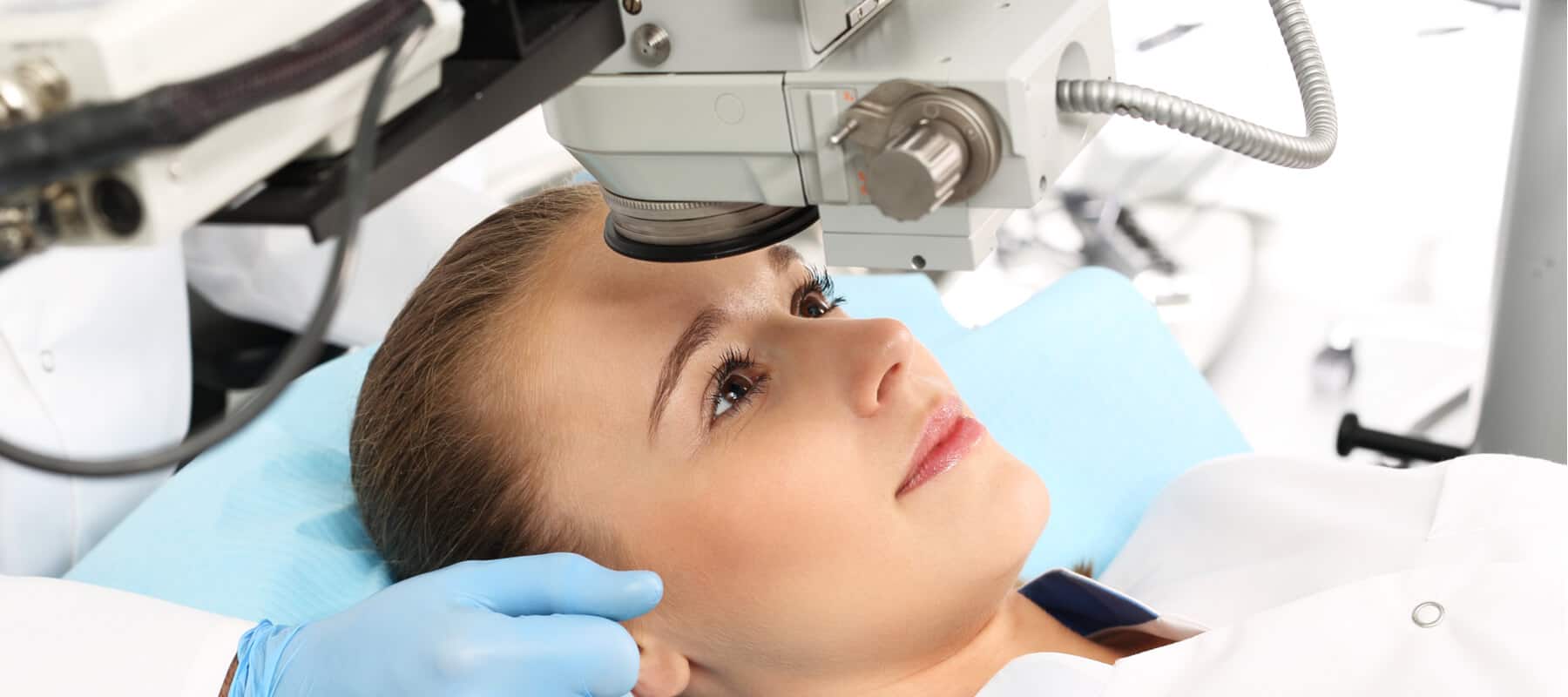
Some tears “treat themselves,” meaning they develop adhesion around the tear without treatment, and these situations can be followed without treatment as well. When low-risk tears are identified in patients who have no symptoms, these tears can be observed without treatment. After a tear has been treated, there remains a future risk of developing additional, separate retinal tears therefore, continued monitoring is important. The treatment creates spot-welding around the edges of the tear that nearly eliminates the risk of the tear progressing to retinal detachment. Topical or local anesthesia is utilized, and the procedure is only mildly uncomfortable. Treatment is performed in an office setting and is very effective and quite safe.

Retinal tears are typically treated with laser or a freezing procedure (cryotherapy). If a retinal tear is diagnosed promptly before it progresses to retinal detachment, the prognosis is extremely good. In cases where there is a limited view of the retina due to overlying hemorrhage, ophthalmic ultrasound may be required to aid in diagnosing a retinal tear. Diagnostic TestingĪ thorough and timely examination by an ophthalmologist using scleral depression (applying slight pressure to the eye) and/or a 3-mirror lens is the most important step in diagnosing a retinal tear. There is no way to predict who might develop a retinal tear or when it might occur. Family history of retinal tears or detachment.Associated lattice degeneration (thin patches in the retina).Risk factors are not required to develop a retinal tear, but they make the likelihood greater. In most cases, this happens without any issue. At birth, this gel is attached to the retina, but as we age, the gel separates from the retina creating a posterior vitreous detachment or PVD.

Although retinal tears may also occur as a result of eye trauma, most retinal tears occur spontaneously due to a PVD.retina. However, in people who have an inherently more “sticky” vitreous, as the vitreous separates from the retina, it pulls abnormally (abnormal vitreo-retinal adhesion) and causes the retina to tear. At birth, this gel is attached to the retina, but as we age, the gel separates from the retina creating a posterior vitreous detachment or PVD. The vitreous is a clear gel-like substance that fills in the back cavity of the eye which is lined by the retina.

Laser photocoagulation around retinal tear with small hemorrhage.


 0 kommentar(er)
0 kommentar(er)
